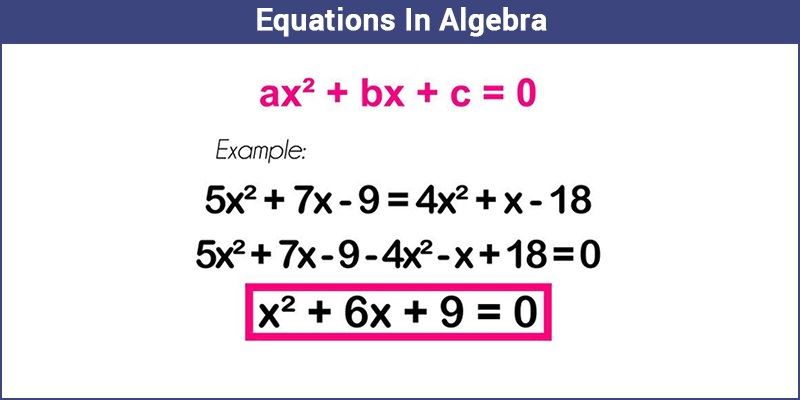

This talk is intended to introduce some of the main tools of the field of numerical algebraic geometry, including homotopy continuation and the numerical irreducible decomposition. Whether testing conjectures in algebraic geometry or trying to solve polynomial systems for some application, numerical methods are sometimes a useful alternative to well-known symbolic algorithms.Numerical methods for working with polynomial systems.An important role will be played by algebro-geometric valuative criteria, which will be also used to link the relative K-stability to the genuine K-stability. The relative K-stability and the Kähler–Einstein metrics with prescribed singularities will then be related to each other through a Yau–Tian–Donaldson correspondence, which will be the core of the talk. A particular focus will be given to motivations and intuitions, making a comparison with the log K-stability/log Kähler–Einstein metrics. In the first part of the talk, partly motivated by the study of Kähler–Einstein metrics with prescribed singularities, a new relative K-stability notion will be introduced for a fixed smooth Fano variety. In the last decade, the latter has proved to be very valuable in algebraic geometry: for instance, it is used for the construction of moduli spaces. On a Fano variety, the Yau–Tian–Donaldson correspondence connects the existence of Kähler–Einstein metrics to an algebro-geometric notion called K-stability.A relative Yau–Tian–Donaldson conjecture and stability thresholds.This is joint work with Carolina Araujo, Roya Beheshti, Ana-Maria Castravet, Svetlana Makarova, Enrica Mazzon, and Nivedita Viswanathan. We'll present a classification of smooth projective toric varieties with m(X) ≥ dim(X)-2, and show that projective spaces are the only 2-Fano manifolds among smooth projective toric varieties with m(X) equal to 1, dim(X)-2, dim(X)-1, or dim(X). This invariant m(X) captures the minimal degree of a dominating family of rational curves on X or, equivalently, the minimal length of a centrally symmetric primitive relation for the fan of X. Motivated by the problem of classifying toric 2-Fano manifolds, we will introduce a new invariant for smooth projective toric varieties, the minimal projective bundle dimension, m(X). In particular we will focus on toric 2-Fano manifolds. In this talk we will discuss higher Fano manifolds, which are Fano manifolds with positive higher Chern characters.The minimal projective bundle dimension and toric 2-Fano manifolds.This is based on joint work with Long Pan and Haoyu Wu. This can be viewed as another example of Hassett–Keel–Looijenga program proposed by Laza–O'Grady. Moreover, we will show the K-moduli space P c K is isomorphic to certain log canonical model on Baily–Borel compactification of the moduli space of K3 surfaces with anti-symplectic involution. In particular, we will give an explicit description of K-moduli space P c K parametrizing K-polystable del Pezzo pairs (X,cC) under the framework of wall-crossing for K-moduli space due to Ascher–DeVleming–Liu. In this talk, we will discuss the compactifications from K-moduli theoretic side and its relation to Baily–Borel compactification from Hodge theoretic side. Their moduli space has many compactifications from various perspectives. A K3 surfaces with anti-symplectic involution can be identified with a pair (X,C) consisting of a del Pezzo surface X with a curve C ~ −2K X.K-moduli space of del Pezzo surface pairs.Recordings of talks are available on our YouTube channel. Everybody is welcome.įollow us on or subscribe to the online calendar to be kept up-to-date about upcoming talks (also available in iCal format). For help joining a talk, please follow these instructions. To be added to this team, please email one of Alex Kasprzyk, Livia Campo, or Johannes Hofscheier.

This seminar is held online via Microsoft Teams on the Nottingham University "Algebraic Geometry" team. Online Algebraic Geometry Seminar Online Algebraic Geometry Seminar


 0 kommentar(er)
0 kommentar(er)
